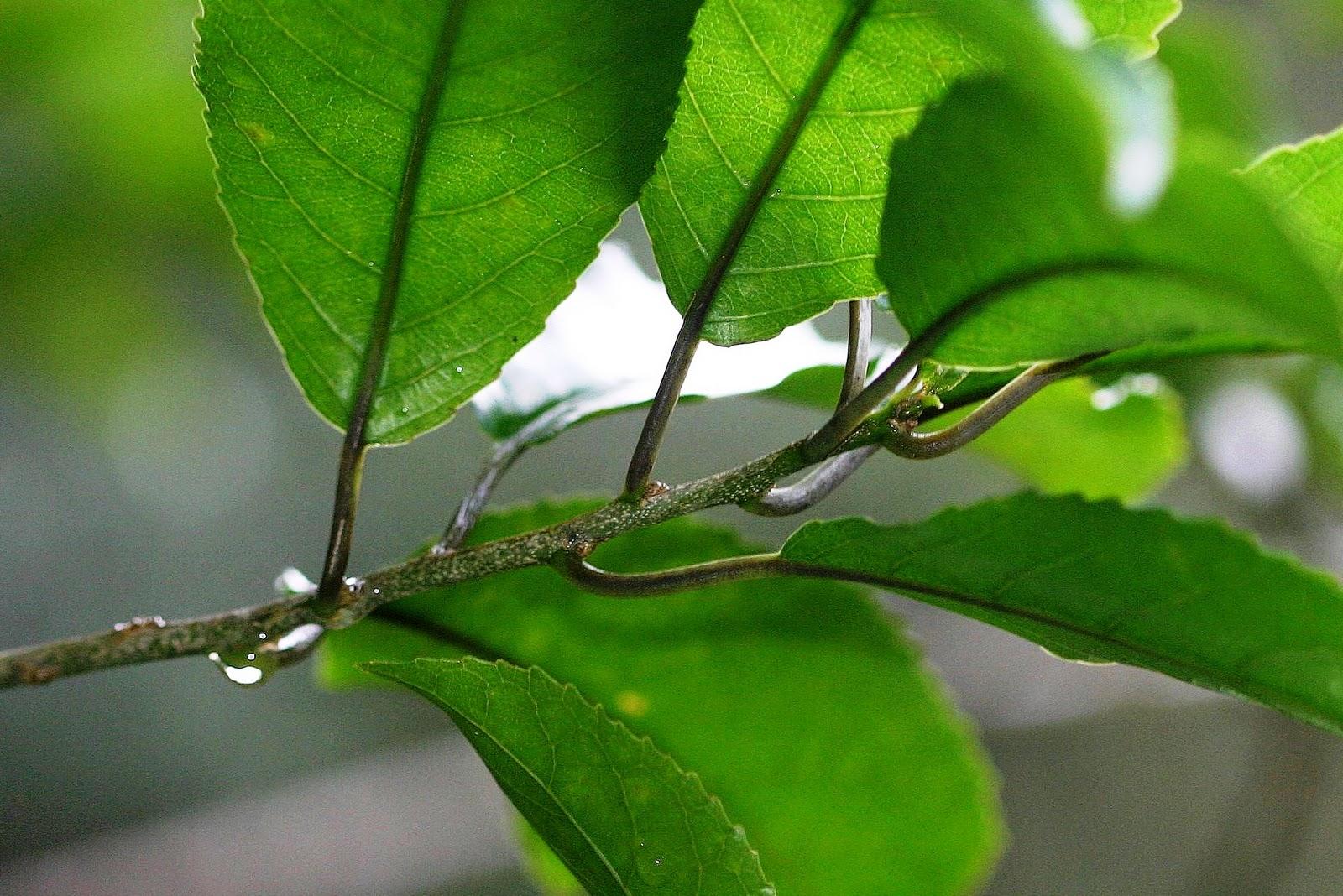
Ever wondered what connects a leaf to its stem? The petiole is that tiny but mighty structure. Acting as a bridge, it supports the leaf and helps transport nutrients and water. Without it, leaves would just fall off! Petioles come in various shapes and sizes, adapting to the needs of different plants. Some are long and slender, while others are short and stout. They can even change color, turning red or purple in some species. Understanding petioles can give you a deeper appreciation of plant life. Ready to learn more? Let's dive into 34 fascinating facts about petioles!
What is a Petiole?
A petiole is the slender stalk that attaches a leaf to the plant stem. It plays a crucial role in the life of a plant, acting as a conduit for nutrients and water. Here are some fascinating facts about petioles:
-
The word "petiole" comes from the Latin word "petiolus," meaning "little foot."
-
Petioles can vary greatly in length, from a few millimeters to several centimeters.
-
They contain vascular tissues that transport water, nutrients, and sugars between the leaf and the rest of the plant.
-
Some plants have petioles that are flat and wide, helping to support the leaf blade.
-
In certain species, petioles can store water, aiding the plant during drought conditions.
Types of Petioles
Different plants have different types of petioles, each adapted to their specific needs and environments. Here are some types:
-
Winged petioles have extensions on either side, resembling wings.
-
Pulvinate petioles have a swollen base, allowing the leaf to move in response to stimuli.
-
Clasping petioles partially wrap around the stem, providing extra support.
-
Sheathing petioles form a protective covering around the stem.
-
Petiolules are the stalks of leaflets in compound leaves, similar to petioles but smaller.
Functions of Petioles
Petioles are not just simple connectors; they perform several vital functions for the plant:
-
They help position the leaf for optimal sunlight exposure.
-
Petioles can adjust the angle of the leaf to reduce water loss.
-
They act as a buffer, reducing damage from wind and rain.
-
Petioles can store nutrients, providing a reserve for the plant.
-
In some plants, petioles can photosynthesize, contributing to the plant's energy needs.
Petioles in Different Plants
Different plants have evolved unique petiole structures to suit their environments and lifestyles. Here are some examples:
-
Lotus leaves have long petioles that allow the leaves to float on water surfaces.
-
Banana plants have petioles that form a pseudostem, supporting the large leaves.
-
Water lilies have flexible petioles that can stretch to reach the water surface.
-
Acacia trees have petioles that can photosynthesize, compensating for their small leaves.
-
Swiss cheese plants have perforated leaves with long petioles, allowing light to pass through to lower leaves.
Interesting Adaptations
Some plants have developed unique adaptations involving their petioles to survive in challenging environments:
-
Sensitive plants have petioles that fold in response to touch, deterring herbivores.
-
Pitcher plants have modified petioles that form a trap for insects.
-
Climbing plants use their petioles to wrap around supports, aiding in their ascent.
-
Floating plants have air-filled petioles that help them stay buoyant.
-
Cacti have reduced or absent petioles, minimizing water loss in arid environments.
Petioles in Agriculture and Horticulture
Understanding petioles can be beneficial in agriculture and horticulture, helping to improve plant care and productivity:
-
Petiole analysis can reveal nutrient deficiencies in crops.
-
Pruning petioles can encourage new growth and improve plant shape.
-
Grafting often involves attaching a scion to a rootstock via the petiole.
-
Petiole health can indicate overall plant health, guiding farmers in their care practices.
-
Some ornamental plants are prized for their colorful or uniquely shaped petioles.
Fun Facts About Petioles
Here are some fun and quirky facts about petioles that you might not know:
-
The Venus flytrap has petioles that form part of its trap mechanism.
-
Rhubarb is grown for its edible petioles, which are tart and used in cooking.
-
Celery is another plant where the petiole is consumed, known for its crunchy texture.
-
In some cultures, petioles are used in traditional medicine for their purported health benefits.
Petioles: Nature's Unsung Heroes
Petioles, those slender stalks connecting leaves to stems, play a crucial role in plant health. They transport water, nutrients, and sugars between leaves and the rest of the plant. Without petioles, leaves wouldn't get the sustenance they need to perform photosynthesis. This process is vital for producing the energy plants need to grow and thrive.
Petioles also provide flexibility, allowing leaves to move and capture sunlight more effectively. This adaptability helps plants survive in various environments. Additionally, petioles can store nutrients and water, acting as a reserve during tough times.
Understanding the importance of petioles gives us a deeper appreciation for the intricate workings of nature. Next time you see a leaf, take a moment to consider the hardworking petiole behind it. These small but mighty structures are essential for the survival and success of plants everywhere.
Was this page helpful?
Our commitment to delivering trustworthy and engaging content is at the heart of what we do. Each fact on our site is contributed by real users like you, bringing a wealth of diverse insights and information. To ensure the highest standards of accuracy and reliability, our dedicated editors meticulously review each submission. This process guarantees that the facts we share are not only fascinating but also credible. Trust in our commitment to quality and authenticity as you explore and learn with us.
